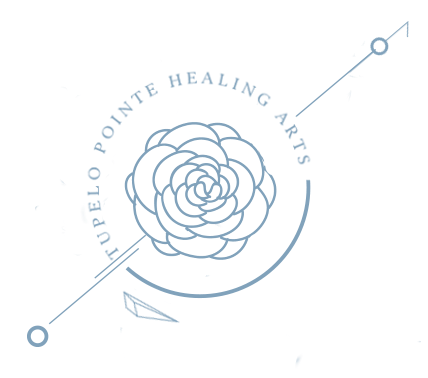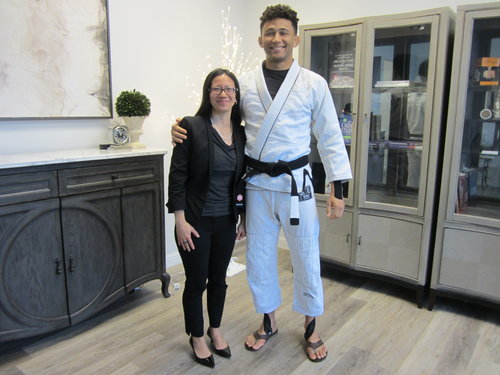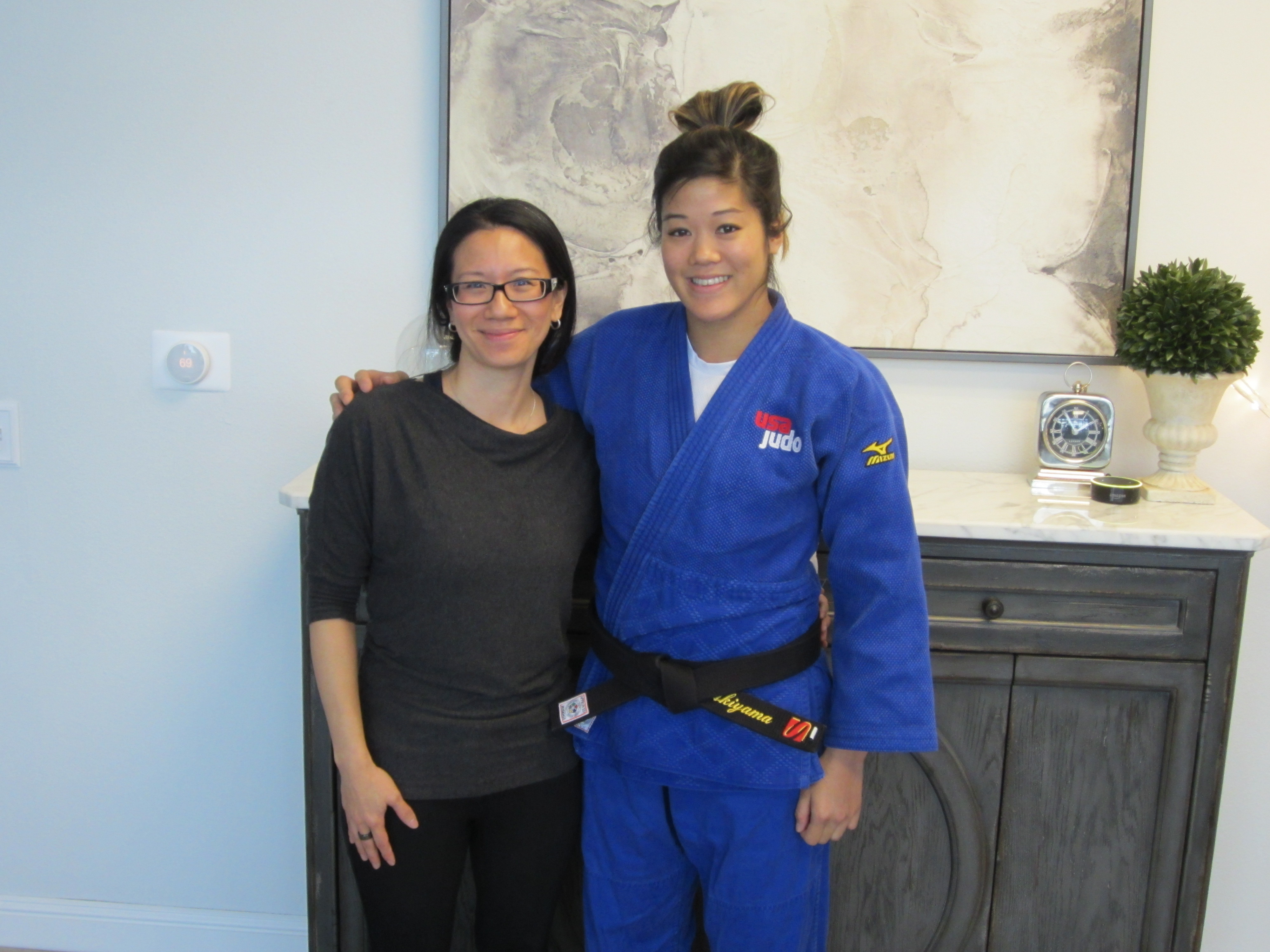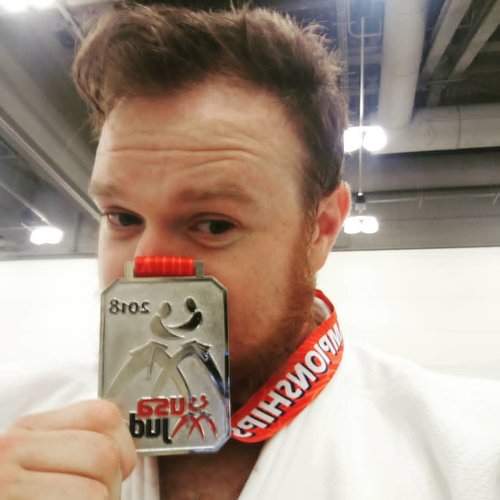YOGA FOR HYPERMOBILITY
- Sundays at 7-8AM PST via Zoom
- Monthly fee: $60/month. To sign up, email
- Drop in class: $20/class. Please email
- Each class focuses on hypermobility related concerns using āsana (movement & body position), prāṇāyāma (breathing), mantra, Vedic chanting, meditation.
- Modifications are given to meet the unique individual needs and capacities of each person.
Experience a class rooted in the Viniyoga tradition, incorporating elements of Developmental Kinesiology. Within this yoga tradition, the prāṇāyāma breathing technique is utilized to address breathing difficulties and shortness of breath commonly associated with hypermobility. The integration of coordinated prāṇāyāma breathing and movement with āsana addresses issues of coordination and balance linked to hypermobility. Chanting and mantra practices contribute to improving diaphragmatic coordination in individuals with hypermobility. Additionally, meditation is employed to address vagal tone and focus issues within the hypermobility context. Accessible via Zoom, this class is designed to foster self-agency, providing a convenient and inclusive learning experience.
The class focuses on combining the principles of Viniyoga and Developmental Kinesiology to address specific challenges associated with hypermobility.
1. Viniyoga Tradition: Viniyoga is a personalized and adaptive approach to yoga that tailors the practice to individual needs, making it suitable for various conditions and body types. It emphasizes the coordination of breath and movement.
2. Developmental Kinesiology: This refers to the study of movement patterns and developmental milestones in motor skills. Integrating developmental kinesiology into the class allows for understanding and enhancing movement coordination.
3. Prāṇāyāma Breathing Technique: Prāṇāyāma involves breath control and is a fundamental aspect of yoga. Addressing breathing differences and shortness of breath in hypermobility, specific prāṇāyāma techniques may be used to improve respiratory function.
4. Āsana (Yoga Poses): Coordinating movement with specific yoga poses can help address issues related to coordination and balance in individuals with hypermobility.
5. Chanting and Mantra: The use of chanting and mantra can aid in diaphragmatic coordination. Sound and vibration can enhance specific aspects of practice.
6. Meditation: Meditation is a tool to help with vagal tone and focus issues associated with hypermobility. Meditation can have a calming effect on the nervous system and improve concentration.
7. Zoom Format: The class is taught in a Zoom format, an online and remote learning environment. This format can promote self-agency, allowing participants to practice in the comfort of their own space while still receiving guidance.
VINIYOGA
Viniyoga is a traditional lineage of Yoga passed from T. Krishnamacharya. His son, T.K.V. Desikachar, coined the term to describe the teachings of his father.In Sanskrit, Viniyoga translates as “appropriate application”. Viniyoga is a holistic healing approach that addresses the person as a whole (body, breath, mind, behaviors, emotions, & spirit). In this tradition of Yoga, āsana (movement & body position), prāṇāyāma (breathing), mantra, Vedic chanting, meditation are tools used to support health, promote healing, and facilitate personal transformation.
DEVELOPMENTAL KINESIOLOGY
Developmental kinesiology is a rehabilitation approach that integrates core stability during movement to improve overall functionality. The aim is to improve global function through promoting trunk stability and balance, essential for joint stability.
DR. WANG'S LECTURE







